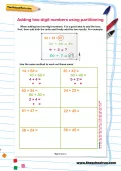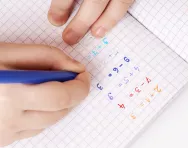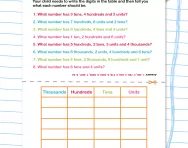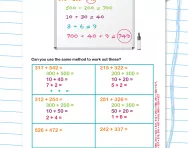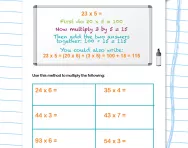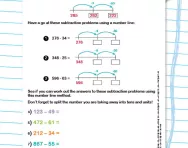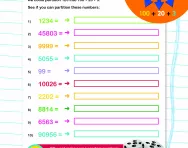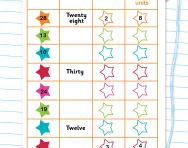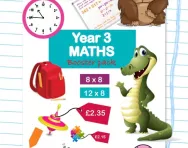Important update from TheSchoolRun
For the past 13 years, TheSchoolRun has been run by a small team of mums working from home, dedicated to providing quality educational resources to primary school parents. Unfortunately, rising supplier costs and falling revenue have made it impossible for us to continue operating, and we’ve had to make the difficult decision to close. The good news: We’ve arranged for another educational provider to take over many of our resources. These will be hosted on a new portal, where the content will be updated and expanded to support your child’s learning.
What this means for subscribers:
- Your subscription is still active, and for now, you can keep using the website as normal — just log in with your usual details to access all our articles and resources*.
- In a few months, all resources will move to the new portal. You’ll continue to have access there until your subscription ends. We’ll send you full details nearer the time.
- As a thank you for your support, we’ll also be sending you 16 primary school eBooks (worth £108.84) to download and keep.
A few changes to be aware of:
- The Learning Journey weekly email has ended, but your child’s plan will still be updated on your dashboard each Monday. Just log in to see the recommended worksheets.
- The 11+ weekly emails have now ended. We sent you all the remaining emails in the series at the end of March — please check your inbox (and spam folder) if you haven’t seen them. You can also follow the full programme here: 11+ Learning Journey.
If you have any questions, please contact us at [email protected]. Thank you for being part of our journey it’s been a privilege to support your family’s learning.
*If you need to reset your password, it will still work as usual. Please check your spam folder if the reset email doesn’t appear in your inbox.
Adding two-digit numbers using partitioning
When adding two two-digit numbers, it is a good idea to add the tens first, then add both the units and finally add the two results. Can you use this method to work out these sums?
What is partitioning in Year 3 maths?
Partitioning is a method used to solve math problems involving large numbers by breaking them down into smaller, more manageable parts.
Younger children will initially learn to divide these numbers into individual units, allowing them to add these smaller segments together. Older children can isolate all the tens and work down to the single units, simplifying the problem step by step. This approach helps make complex calculations much easier for young learners to handle.
What is an example of addition using the partitioning method in Year 3?
Let's use the sum 47 + 35
First, we break down each number into tens and units.
- 47 = 40 + 7
- 35 = 30 + 5
Then we add the tens of each number together.
- 40 + 30 = 70
Now, add the units of each number together.
- 7 + 5 = 12
Finally, combine the results.
- 70 + 12 = 82
How will this partitioning worksheet help your Year 3 child?
This activity was created by an experienced educator with the purpose of refreshing and consolidating your child's knowledge of how to add two-digit numbers using the partitioning method. Your child will be guided through the steps and then asked to apply their knowledge and answer questions on their own.
For more help with Year 3 maths, check out our hub page, or try a new activity such as Year 3 problem solving: addition.
